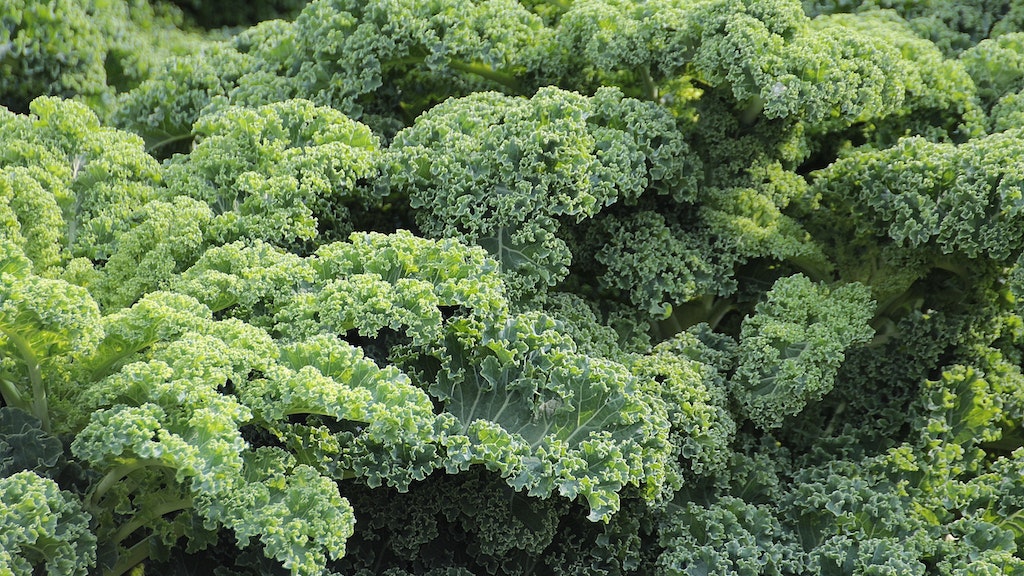Key Takeaways
- Dogs can eat navel oranges, but in moderation.
- Ensure that the orange slices are seedless and do not contain any peels or rinds.
- Remove the seeds and any tough white pith before feeding oranges to your dog.
- Introduce oranges gradually to your dog’s diet and monitor for any adverse reactions.
- Orange slices can be a healthy occasional treat, as they are low in calories and rich in vitamin C.
- Too much citrus fruit may upset a dog’s stomach or cause diarrhea, so feed in moderation.
- Consult with your veterinarian before introducing any new foods to your dog’s diet.
- Do not feed your dog orange juice or any other citrus juices, as they are often high in sugar and can be harmful.
- Always prioritize a balanced and complete diet for your dog, which includes their regular dog food.
Summary
Can dogs eat navel oranges? No, they should not consume navel oranges. While dogs can safely eat certain fruits, such as apples and blueberries, navel oranges are not recommended for them. The rest of the article provides valuable information on why dogs should steer clear of navel oranges, including potential risks and dangers associated with their consumption. This knowledge can help owners make informed decisions and ensure the health and well-being of their furry friends.

Are Navel Oranges Safe for Dogs to Eat?
Many dog owners wonder if it is safe to share navel oranges with their furry friends. The good news is that navel oranges are generally safe for dogs to eat in moderation. These citrus fruits are packed with essential vitamins and minerals that can benefit your dog’s health. However, there are a few important considerations to keep in mind.
Firstly, while navel oranges are safe for dogs, they should only be given as an occasional treat. Feeding your dog too many oranges can lead to an upset stomach or diarrhea due to their high fiber content. Additionally, the acidic nature of oranges may cause irritation in some dogs, especially those with sensitive stomachs. It’s always best to introduce new foods gradually and monitor your dog’s reaction.
Potential Benefits of Navel Oranges for Dogs
Navel oranges offer several potential health benefits for dogs. They are an excellent source of vitamin C, which can boost the immune system and promote overall health. Vitamin C also acts as an antioxidant, helping to protect cells from damage caused by free radicals. Additionally, navel oranges contain dietary fiber, which aids in digestion and can help regulate bowel movements.
Furthermore, the natural sugars found in navel oranges provide a tasty and healthy alternative to processed treats. They can be a great option for dogs with a sweet tooth, as long as they are given in moderation. Remember to remove any seeds and peel the oranges before offering them to your dog, as these parts can be a choking hazard or cause digestive issues.
Potential Risks and Precautions
While navel oranges can be a healthy addition to your dog’s diet, there are a few risks and precautions to be aware of. As mentioned earlier, the high fiber content of oranges can lead to gastrointestinal upset if consumed in excess. It’s important to introduce oranges gradually and monitor your dog’s response.
Additionally, the citric acid in oranges may cause irritation in some dogs, particularly those with sensitive stomachs or pre-existing digestive issues. If you notice any signs of discomfort, such as vomiting or diarrhea, it’s best to discontinue feeding oranges and consult your veterinarian.
Recipes and Alternatives to navel oranges for dogs
Dogs should not eat navel oranges as they can be harmful to their digestive system. However, there are plenty of other fruits and vegetables that are safe and healthy for dogs to enjoy. Here are some alternative foods that dogs can eat:
- Apples
- Blueberries
- Carrots
- Pumpkin
- Watermelon (without seeds)
Can dogs eat navel oranges? – FAQ
1. What are navel oranges?
Navel oranges are a type of orange variety characterized by a distinctive “navel” formation on the blossom end, which resembles a small bellybutton. These oranges are known for their sweet and juicy flavor.
2. Are navel oranges safe for dogs to eat?
While navel oranges are not toxic to dogs, they should be fed in moderation and with caution. Oranges, in general, can be beneficial for dogs as they are a good source of vitamins and fiber. However, there are a few considerations to keep in mind.
3. What are the potential benefits of feeding navel oranges to dogs?
Naval oranges can provide dogs with essential nutrients like vitamin C, vitamin A, and dietary fiber, which can support their immune system, promote healthy skin, and aid in digestion.
4. Can dogs eat the entire navel orange?
No, dogs should not eat the entire navel orange. While the flesh of the orange itself is safe for dogs to consume, certain parts should be avoided. Remove the peel, seeds, and any white pith before offering a small, peeled orange slice to your dog.
5. What potential risks are associated with feeding navel oranges to dogs?
Although navel oranges are generally safe for dogs, they do have some potential risks. The high citric acid content in oranges may upset a dog’s digestive system, causing diarrhea or an upset stomach. Additionally, the natural sugars in oranges can lead to weight gain or other health issues when consumed excessively.
6. How much navel orange is safe to feed my dog?
It is important to offer navel oranges to your dog in moderation due to their high sugar content. Dogs should only have a small amount of orange as an occasional treat, preferably as individually peeled slices without seeds.
7. Can all dogs eat navel oranges?
No, while navel oranges are generally safe for most dogs, individual dogs may have different sensitivities or allergies that could make them react negatively to citrus fruits. It’s always a good idea to consult your veterinarian before introducing oranges or any new food into your dog’s diet.
8. Are there any alternative fruits that are safer for dogs?
Yes, there are several fruits that are considered safer and more easily digestible for dogs compared to oranges. Some examples include apples (without seeds), bananas, blueberries, and strawberries. Remember to always introduce new foods gradually and monitor your dog for any adverse reactions.
9. How can I safely introduce navel oranges to my dog?
If you want to offer navel oranges to your dog, start by introducing a small piece to see how they react. Watch for any signs of digestive discomfort or allergies. If your dog shows any negative symptoms, it’s best to avoid oranges altogether.
10. What should I do if my dog consumes too much navel orange?
If your dog accidentally consumes too much navel orange, monitor them closely for any signs of digestive upset. Ensure they have access to fresh water and observe their behavior. If you notice any severe symptoms or if they persist, contact your veterinarian for further guidance.
Conclusion
After evaluating various factors, it can be concluded that dogs can eat navel oranges, but it should be done in moderation and with caution. While oranges are not toxic to dogs, the high sugar and acid content can potentially cause gastrointestinal issues such as upset stomach or diarrhea. Therefore, it is important to limit the amount of oranges given to your dog and remove any seeds before feeding. Additionally, it is crucial to monitor your dog for any adverse reactions after consuming oranges. It is always advisable to consult with a veterinarian before introducing any new food to your dog’s diet. With proper care and moderation, dogs can enjoy the occasional treat of navel oranges without significant health risks.
📚 Sources:












